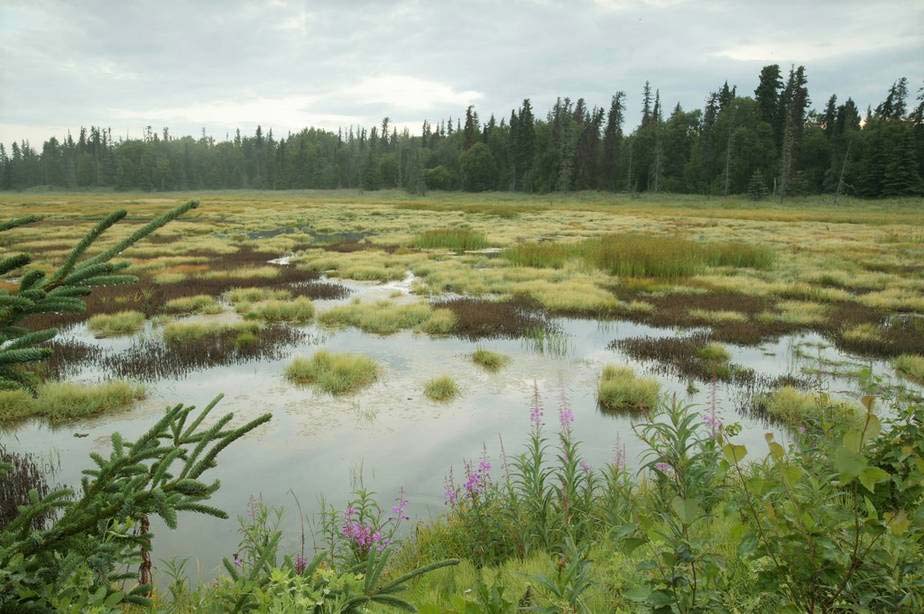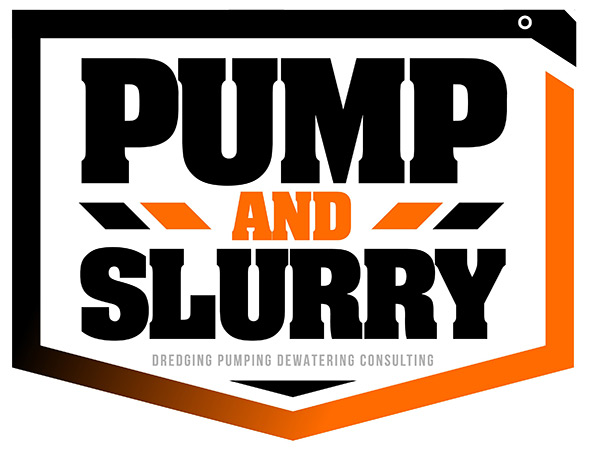Wetland Creation Dredging
We provide Wetland Creation dredging consulting and services
Dredging Services |
GET STARTED
Contact us about dredge engineering, equipment, pumping, and dewatering to
meet your contract
requirements.
Wetland design is a function of the environmental conditions including hydrology (water budget, tidal range, wave forces), geomorphology (soil types, sedimentation rate), and dominate plant communities.
The design process involves several steps.
Select Candidate Site
Determine Development Schedule
Develop Hydrologic Design and Water Budget
Conduct Sampling and Evaluate Geotechnical Properties
Assess Containment Options and Develop Design Criteria
Select Water Control
Determine Site Capacity and Operational Life
Develop Biologic and Vegetation Design Criteria
Prepare Final Design

A key consideration is the determination of the volume and type of dredged material and the rate at which it will be produced. A material balance has to be worked out between the dredging site, and potential placement sites, to identify the required minimal size of wetland and shrinkage of the dredged material.
Wetland design is best conceived as an iterative process involving sealing or sizing of the wetland (shape and dimensions), specifying contours, and water depths (for channels and inundated marsh systems), projected time-rate of consolidation settlement in the system follow construction, and configuration of dikes, drains, weirs, and shorelines. These factors are somewhat interdependent and it is critical to undertake a feasibility analysis in integrative mode to help assure the feedbacks among project parameters and adequately accounted for.
Regardless of project specifics, certain basic planning and engineering aspects apply to the entire domain of wetland restoration/creation projects. These include the project alternatives analysis phase and the project design phase. While the legal of detail in the analysis may vary from project to project these stages alternative analysis, hydraulic/hydrologic evaluation and design evaluations are fundamental and can benefit projects that might not require them by regulation or guidance.
Beneficial reuse of dredged material from ports and harbors has received increasing consideration since the 1970s as
a way to offset wetland losses (Landin, 1991; Landin et al, 1990; Mohan and Palermo, 1998, USACE, 1986;
Woodhouse 1979; Woodhouse et al 1972). Recently the restoration of eroding islands and creation of new islands
with wetland habitats has been considered and demonstrated in a number of places in the U.S. Large scale projects
have included the Poplar Island Restoration Project in Maryland (USACE, 1997 & 2000) and the Houston Ship
Channel Marshes (Eiedensticker 2006), to name a few. To date, however, there has not been well documented,
generally applicable guidance that the engineering community can use to develop future projects. This paper strives
to provide common guidance for such applications.
In general, two approaches are utilized in wetland restoration/creation projects. The first is a, “cookbook” approach,
where the design is based on generalized concepts and standard plans and specifications and target generally
appropriate plant species. The second is a, “site-specific” approach, where design is tailored based on detailed site
information (e.g., hydraulics, sediment types, physical aspects, etc), and the species composition is targeted on the
basis of ecological surveys and benchmarks. The latter approach is often implemented in an adaptive management context in order to develop attainable project goals.
Regardless of the overall approaches, well conceived projects share common features.
- Site assessment, for planning and goal setting
- Development of detailed plans and specifications with appropriate review and stakeholder participation
- Project implementation, including construction and operations and maintenance
- Post-construction monitoring and evaluation
Wetland design is best conceived as an iterative process involving sealing or sizing of the wetland (shape and
dimensions), specifying contours and water depths (for channels and inundated marsh systems), projected time-rate
of consolidation settlement in the system following construction, and configuration of dikes, drains, weirs, and
shorelines. These factors are somewhat interdependent and hence it is critical to undertake the feasibility analysis in
an iterative mode to help assure that feedbacks among project parameters are adequately accounted for.
Regardless of project specifics, certain basic planning and engineering aspects apply to the entire domain of wetland
restoration/creation projects. These include the project alternatives analysis phase (Figure 3) and the project design
phase (Figure 4). While the level of detail in the analysis may vary from project to project — these stages —
alternative analysis, hydraulic/hydrologic evaluation and design evaluations are quite fundamental and can benefit
projects that might not require them by regulation or guidance.
Considerations
A key consideration is the determination of the volume and type of dredged material and the rate at which it will be
produced. A material balance has to be worked out between the dredging site, and potential placement sites, to
identify the required minimal size of the wetland [i.e., combination of acreage and dike heights, considering
potential for bulking (initial expansion) and shrinkage (subsequent consolidation) of the dredged material].
The alternatives analysis phase includes defining the project objective and scope, identifying target sites that meet
the basic criteria, perform logistical analysis (of space and land availability, fill material availability and transport
distances), site screening, gathering planning/screening level data for the short listed sites (hydraulics, vegetation
and geotechnical data on a coarse scale grid basis to compare sites from a feasibility perspective), preliminary sizing
and cost analysis for the wetlands, and selection of preferred alternative.
Yet another important step is the selection of the desired biological endpoint conditions of the site. In many cases, the dominant plant community will provide project success criteria and management objectives, and will determine associated aspects of the biota, including invertebrate, fish, amphibian, reptile, bird and mammal communities. More generally, the relationship between the design conformation of the substrate and the potential biological community components plays an important role and often has a controlling influence on what habitats persist. Tidal mudflats, low salt marshes subject to twice daily tidal inundation, higher marshes inundated once daily or less, and fresh water wetlands, tidal or not as determined by the site and substrate design all support specific and consistent biota. The most efficient and effective techniques for determining final site biotic community structure are those that emphasize natural processes over hard engineering. “Natural engineering”, incorporated integrally in design, implementation, and monitoring phases of a project, reduces or eliminates inherent difficulties that can arise when human engineering ends up struggling against natural site conditions. Natural engineering reduces costs and increases opportunities for success, and should be considered for any wetland creation or restoration project involving dredged material resources.
Hydrologic Regimes
A good understanding of the hydrologic regime is critical for establishment for vegetation in the short and long term. Factors such as rainfall/runoff, storm/flood, surface water and groundwater infiltration and exchange rates are integral to understanding the water balance at the site of interest. If such factors are in agreement with project objectives, additional design steps can be taken.
Wetlands created or restored using dredged material are often confined by lateral earthen dikes. However, in certain
cases, geobags filled with dredged material or bulkheads are also used in the berm construction. Once the perimeter
dikes/structures have been designed, the various forces to which they would be subjected should be determined.
These include wind effects, design wave and storm criteria, current velocities, and evaluation of ice thrusts, if
applicable. For a high degree of protection, an armor layer with a net height greater than the maximum level of wave
runup (during storm surges) should be provided. In some cases, a berm is provided to breakup the wave energy.
Site Capacity and Operating Life
Once the engineering design considerations are finalized, estimates of site capacity and operating life of the system
can be determined — the former determines the amount of dredged material that the site can accommodate
accounting for factors such as bulking and eventual (post-placement) shrinkage of the material, while the latter
refers to the number of years it will take to completely fill the site with dredged material.
GET STARTED
Contact us about dredging consulting, equipment, pumping and dewatering to meet your contract requirements.




